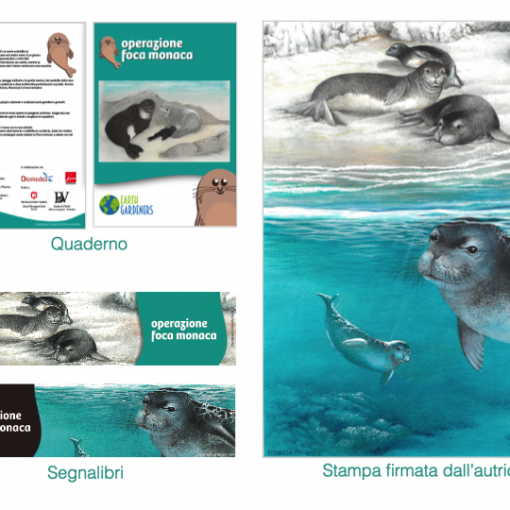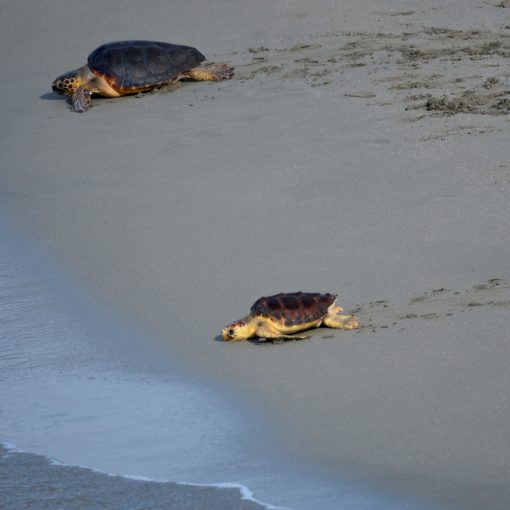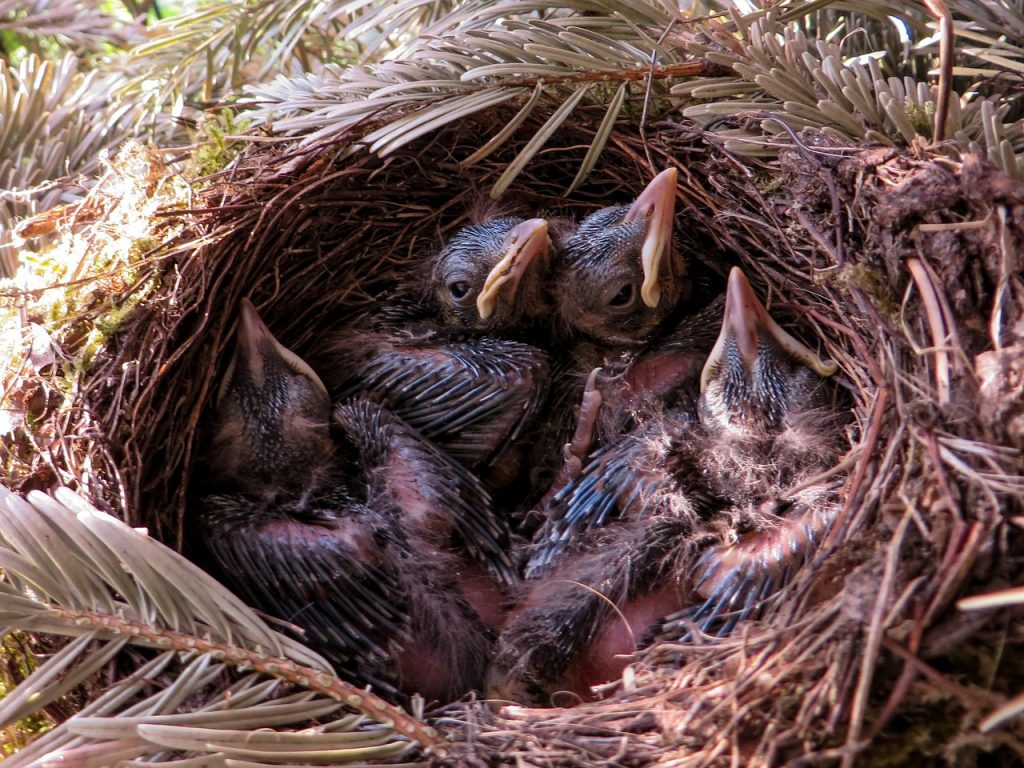
Usually, the bird’s nest is a construction with specific characters aimed at reproductive behaviour. It is often found in the male’s territory and can thus be the center of its activities in every season. Other times it is something ephemeral, done just to lay eggs, hatch them and then leave followed by the ducklings as for the Anatids. Other times it is a home to return to, such as for pigeons, swallows or swifts and the list could go on and on. The English term for home, from which homing or “homecoming”, underlines this wonderfully.
The nest is above all a precious resource and is never placed at random, but each species is characterized by its own nesting habitat, sought after, chosen, defended in competition with the conspecifics.
Someone has evolutionarily chosen not to have their own, but to exploit that of others. We thus witness the so-called hatching parasitism, of which an example is the Cuckoo … which is certainly not the only species to have chosen such a behaviour. As mentioned at the beginning, the nest has specific characters and there are no two species that build identical nests.
An expert observer just needs a glance to know the author: shape, structure and position are clear and unambiguous indications of those who live there. The nests vary from absolutely nothing, e.g. a small depression on the ground such as the Stone Curlew or the bifurcation of a branch such as the tropical White Tern, for the purposes of intertwining like a bag of African weavers or the light flask of our own Penduline Tit, suspended over the water from a willow branch.
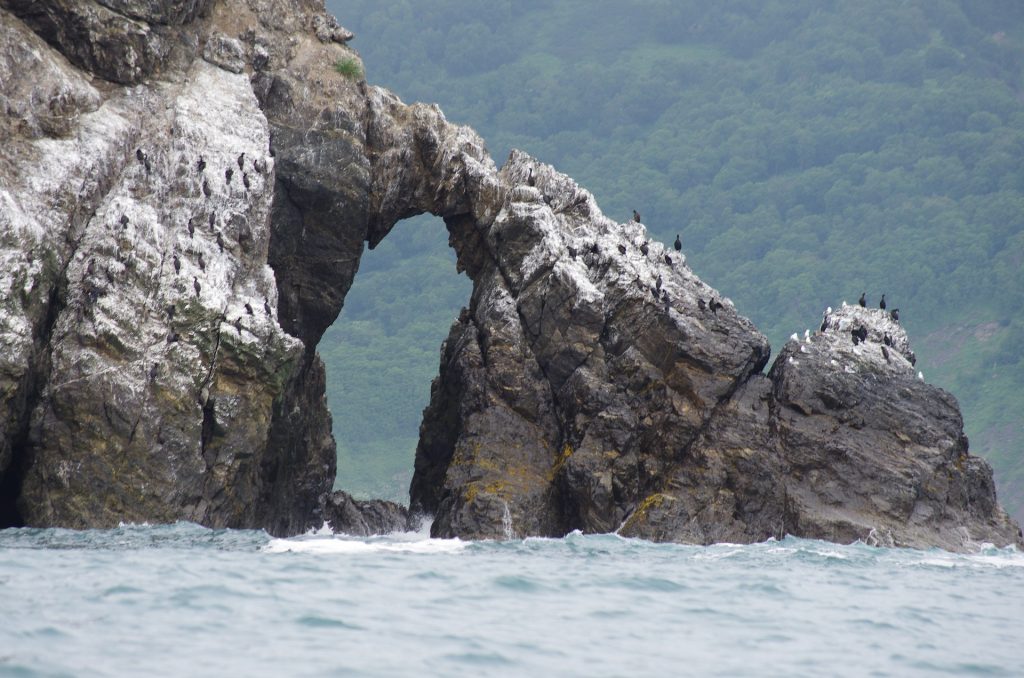
The dimensions are also completely variable. Some hummingbirds build nests as small as one centimeter in diameter; actually, I mistook, at my first meeting, those species … for hornets. But I was stunned in the boundless woods of Extremadura when, on an enormous oak tree, at found myself in front of the nest of one of the last Black Vultures of that land: a shapeless heap of branches and brushwood that measured almost three meters in diameter, consisting of many quintals of accumulated material. But this is little compared to the constructions of Australian megapods, such as the Bush turkey that uses the heat of fermenting vegetables to hatch its eggs. These are deposited on a large pile of rotting leaves collected by the male, then covered with sand to form a heap that rises 5-6 meters and has a base that touches 15 meters. At the opposite end, there are the penguins, which have learned to do without the nest, taking with them the only egg they lay on their legs, where the warm skin and the feathers of the abdomen come together to form a protective mantle from the rigors of the ice.
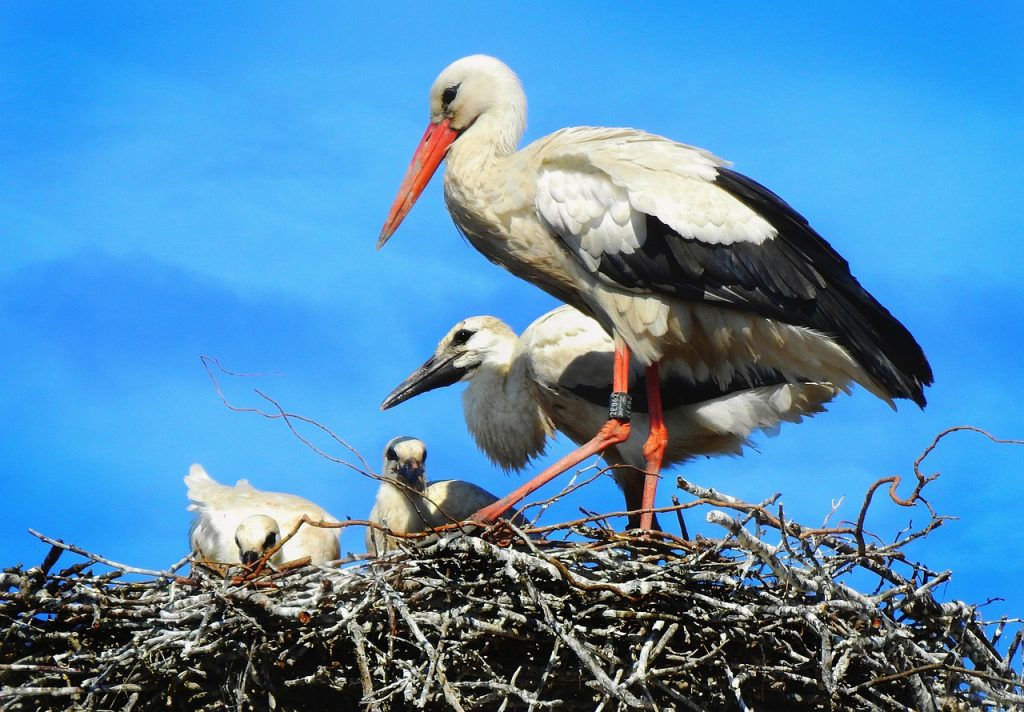
The typical cup-shaped globular nest, typical of many terrestrial species, is a masterpiece of solid construction made up of threads of herbs, thin twigs, ethereal vegetable porridges, hairs or finely intertwined cobwebs, often cemented by saliva or col mud. Their weave is sometimes lax, others closely intertwined, almost polished, of greater or lesser depth and intrinsic solidity. Here, too, I have to mention a Greenfinch nest that I met in Sardinia on the Montiferru: the deep circular cup, without a thread of the plot out of place, did not even appear to be made of herbs … it was so perfect that it reminded me of Cellini, the famous Florentine goldsmith!
Many of these admirable constructions are often found just a step away from us, hidden in our gardens or in urban parks where Tits, Robins, Blackcaps or Long-tailed tit make their home attracted by these new habitats. I just want to dwell on one of them: the little Wren which is a master in making its nest, as celebrated by the Bacchi della Lega, an ornithologist of the past: “Power of a god who brings together in this little creature the skill of the weaver, the genius of an architect, the heart of a head of a family, the wisdom of a wise man!” It places it in the most varied situations, natural or otherwise, but always well sheltered: a hole in the ground, a split in a tree, the ravine of a dilapidated house, a woodcutter’s hut, nests abandoned by other species such as the swallow and, why not, in the pocket of an old jacket hanging in a garage or in the engine compartment of an abandoned car. The shape is globular, with multiple layers, which, if on the outside it looks like a mass of dry leaves, more inside reveals the careful interweaving of fine plant material, moss, baby food, cobwebs, as soft support for the eggs to come. On the side, it leaves a round entrance hole into which a finger can hardly penetrate, a safe shelter from predators and bad weather. This is a crucial factor for a species with a tiny body mass, easy to lose heat and therefore of high adaptive value. The male will build several nests, scattered throughout his territory with various functions, both to accommodate the different females of his harem, if in the polygynous phase, and as temporary shelters: if the females are hatching, he certainly does not want to stay out in the open at night
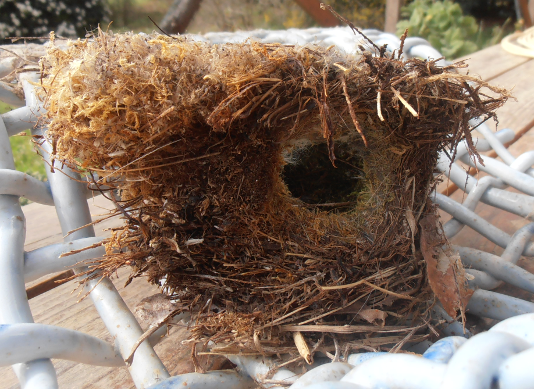
Of particular validity as regards protection and thermoregulation are the nests in tree cavities or those that the species manage to dig on earth walls and also on the ground. The hollow nest is typical of Woodpeckers, which are able to dig it through the trunks of ancient trees by force of their beak, but many other species have a similar nesting habitat. Among these are the Flycatchers, long-distance migratory passerines that come from Africa to nest in Europe. In such small species that do not dig, suitable holes are an important resource not available to everyone. There is so much competition to grab one, so much so that young people are often excluded because whoever arrives first is well accommodated. Such selective pressure was perhaps the driving force behind a particular shape of the wing of adult males that allows them a faster migration rate than the young.
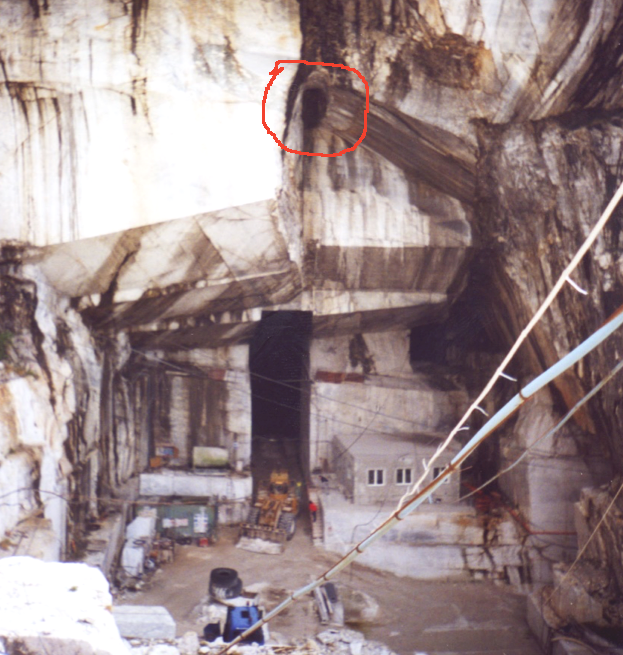
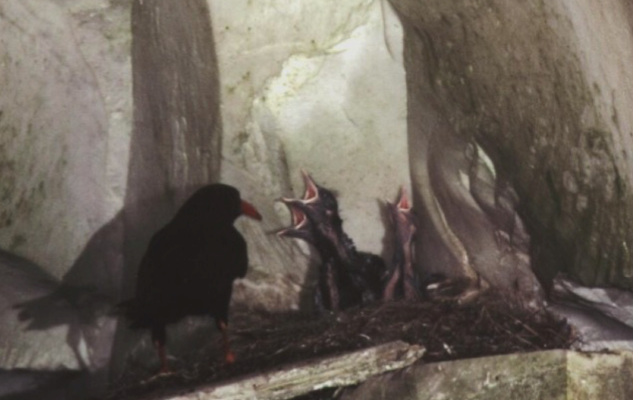
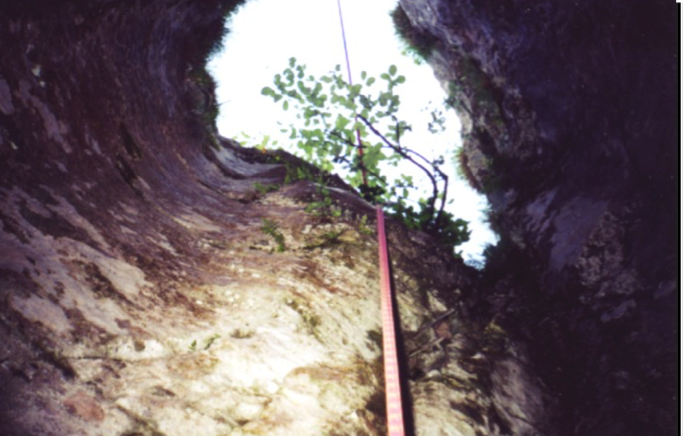
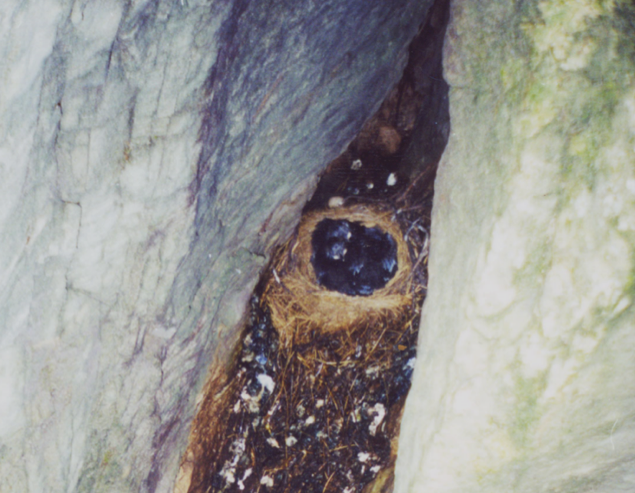
Life is certainly more comfortable for Bee-eaters, Kingfishers or Sand Martins, which do not lack embankments and other places where they can dig their long tunnel-nests. The Kingfishers, territorial and solitary in nature, dig them far away from each other, while Bee-eaters and Sand Martins are more social, forming small and large nesting colonies. I remember some near Parma, which counted up to 3000 Sand Martins’ nests, along the sandbanks of the river Taro.
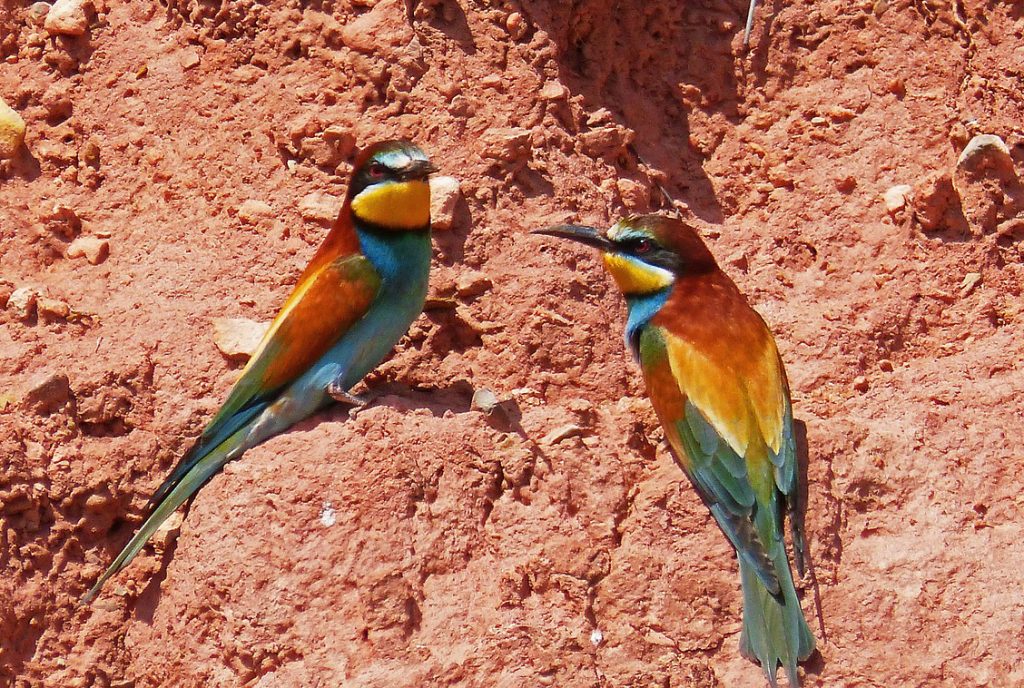
The engineering skills of the Ploceids, small African and South Asian birds similar to sparrows, are well known; in fact, they are known as weavers, as they weave their nests with long plant fibers arranged in a similar way to the warp and weft of a fabric. The finished nest is similar to a ball or a flask suspended from the branches of a tree or between the reeds and tall grasses of the savannah, often in colonies of millions of individuals as for the African Quelea. The species that use strips of palm leaves, such as the Village weaver, make an incision in a leaf, then take one end of it in the beak, and soar, thus tearing off a strip. Their construction technique is based on the ability to hold the strip still with the paw, knotting, wrapping, or intertwining the other end with the beak to other threads or to a branch. For the construction, everything begins with the male making a ring fastened to branches; using it as a roost, it begins to close it on one side by weaving the incubation chamber. On the other side, it weaves the wall with the entrance hole or tunnel, depending on the characteristics of the various species.
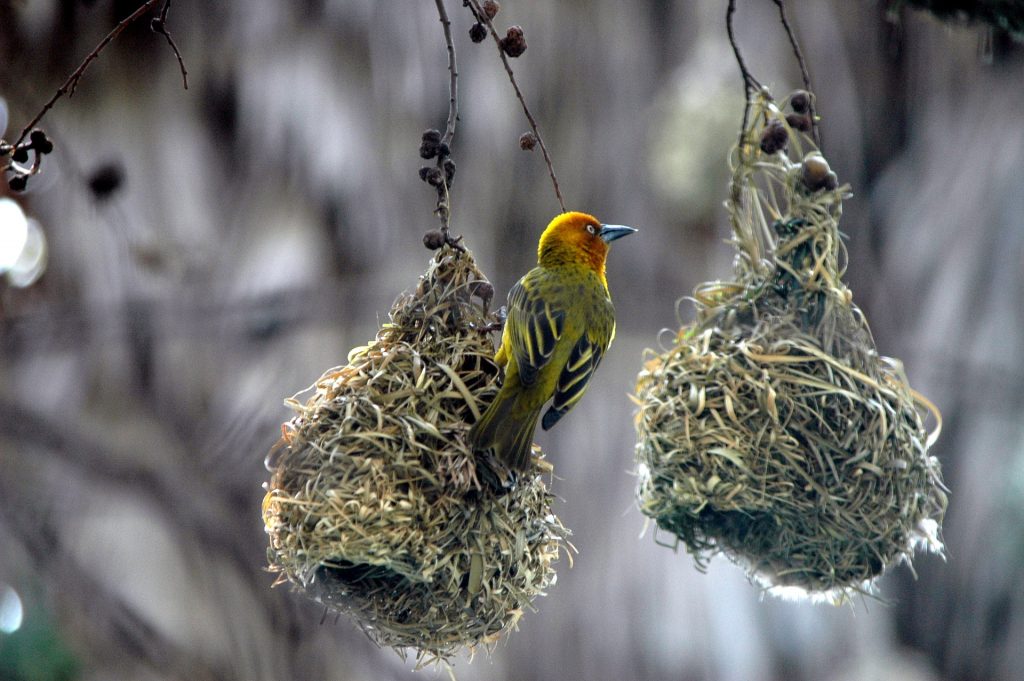
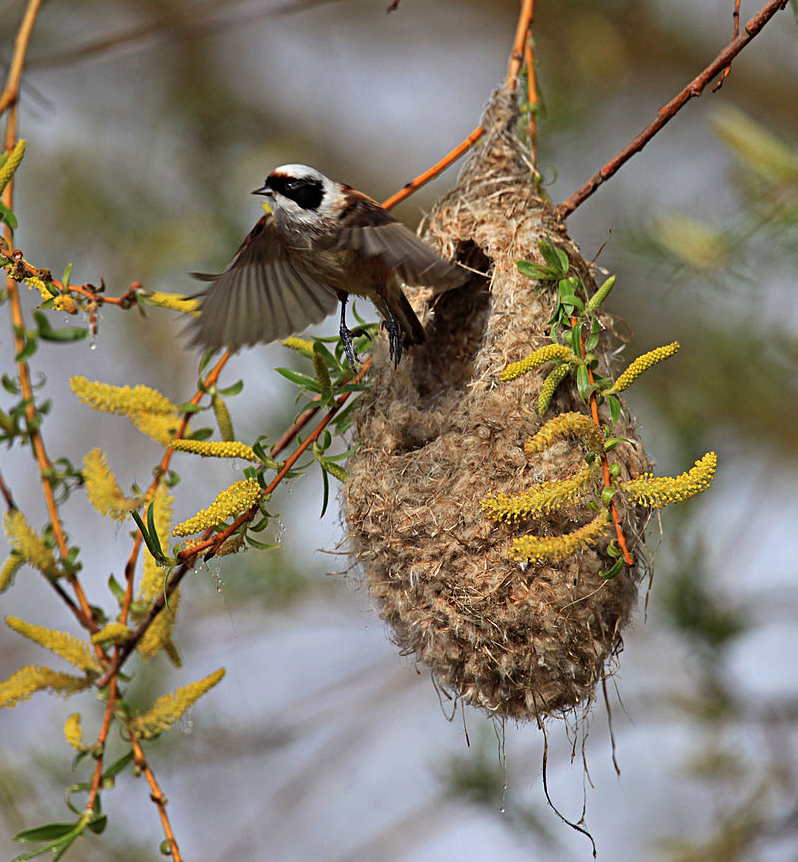
It is difficult, even on a short excursus like this one, to forget the case of the Rufous hornero, the Argentine national bird, who uses a mixture of mud and cattle dung to build a globe weighing almost five kilos, hard as stone, with an entrance hole that makes it look like a small oven, hence the name of the species “el hornero”. Almost every telephone pole hosts one, along the lonely streets of the pampas.
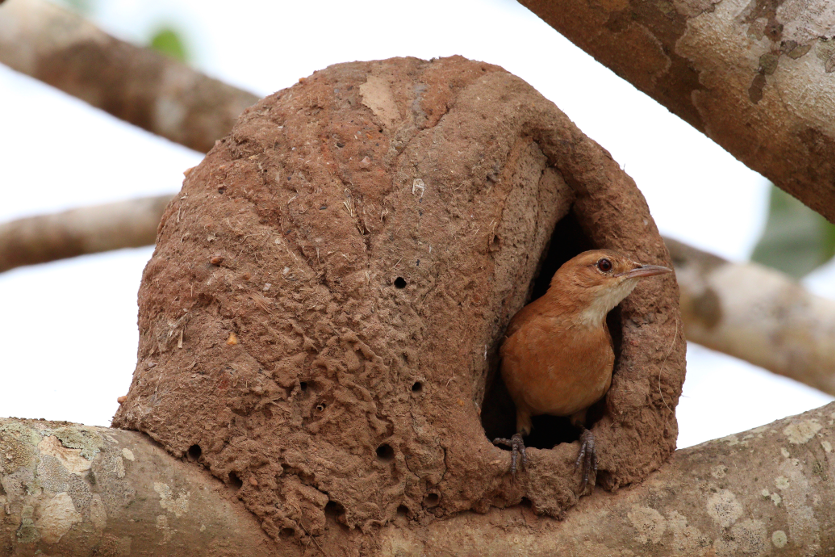
A well-woven nest is surely a safety for the eggs that will have to end up in it, but not all species have reached this evolutionary goal. Almost all those that nest on the ground (seagulls, geese, ducks, bank birds) have very simple nests or are satisfied with a depression in the ground. In this case, it is easy for the egg to slip out with the consequent risk of no longer being hatched. As an adaptive response, these species have evolved an innate egg retrieval mechanism, based on a common motor pattern, identical to all species that practice it. It was a certain Konrad Lorenz who with Niko Tinbergen highlighted the characteristics of instinctual innativity in one of the most beautiful pages of Ethology.
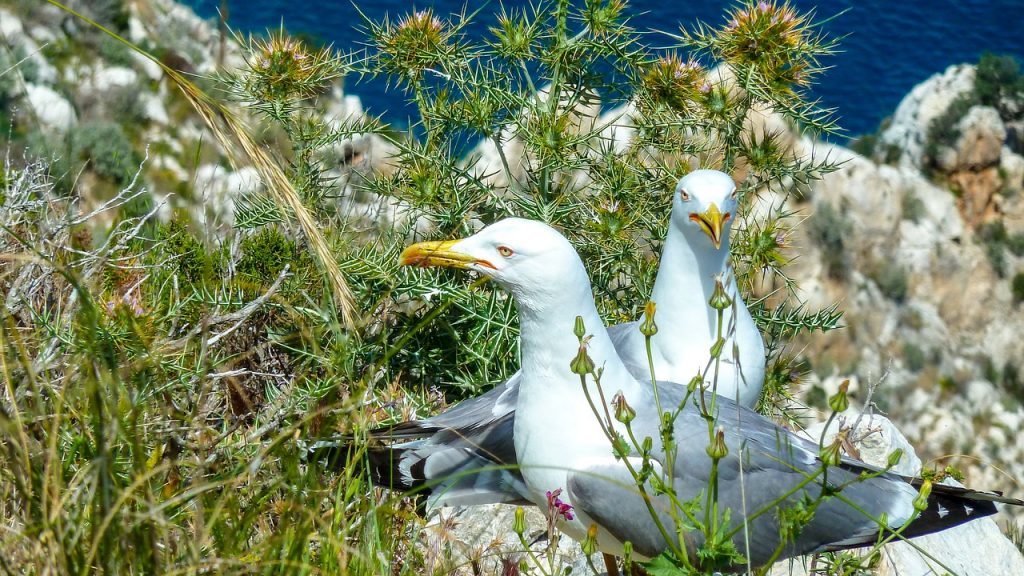
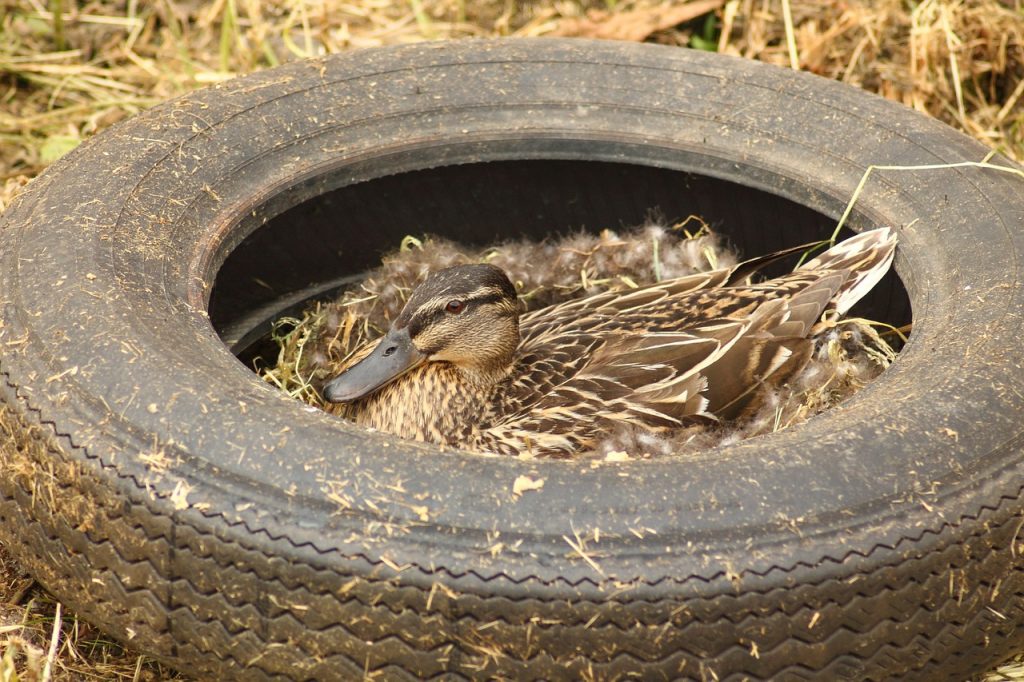
Credits
Author: N. Emilio Baldaccini. Former Professor of Ethology and Conservation of Zoocenotic resources at University of Pisa. Author of over 300 scientific papers on national and international journals. He is active in the field of scientific education, and co-author of academic textbooks of Ethology, General and Systematic Zoology, Comparative Anatomy.
Translation by Maria Antonietta Sessa


